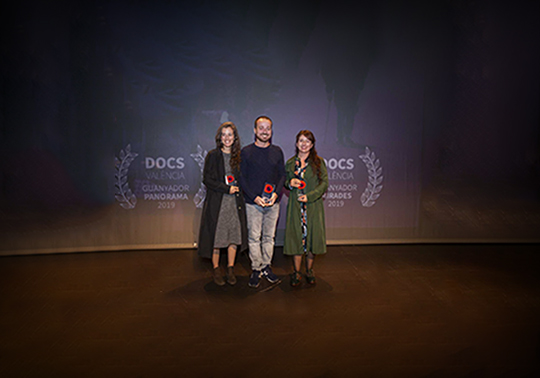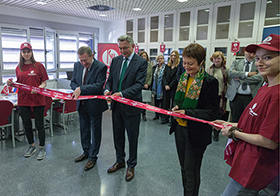
If you are a passionate for the audiovisual world, sure you have felt many times curiosity of filming your own product. But the first project (documentary, short film...) always arises some doubts. We give you some practical advice to help your first experience being satisfactory.
6 june 2017
Do you know already what you are going to film? What is the story you want to tell? Take your time to reflect before beginning your adventure and have in mind the following tips for your audiovisual product to result as better as possible.
1. Watch many films.
It seems obvious, but sometimes you can be so excited about starting your project that you do not spent enough time reflecting or watching films that are actual referents for your idea. Therefore the first unavoidable step is to watch many films in order to refine your judgement and make a good work.
2. Have a clear notion of your idea.
If absorbing the largest number of referents and professionals who have already travelled the path of recording and editing is the first step, taking the time you need to think clearly about the idea that you want to develop is not less important. A very important part of the final success lays in your capacity to have a clear mental framework in order to execute it later.
3. Capture your idea in a script.
The script will be the document that contains your idea, so when you have already thought what you want to do, the next step is to elaborate a script where you reflect everything you are going to execute. It does not matter if you are too literal at the beginning, bit by bit you will modify it until it looks exactly how you wanted.
Have in mind that the script is flexible. It is inevitable to modify the first draft after you check which resources and techniques you can use and which you cannot in your documentary.
4. Do not include in the script things that cannot be made.
Have a clear notion of your resources, not only the instrumental ones. If you are new it is quite normal that at the beginning you find it difficult to reflect everything you want. Be realistic and adjust the script to what you will actually be able to represent visually. Bit by bit you will discover techniques that allow you to complete it.
5. Rewrite the script as much as you need to.
If you thought a script was a static and non-dynamic document, you were wrong. No scriptwriter stops re-elaborating the document. Adding, deleting, rewriting... Cinema is an art that is alive; ideas will come to you progressively. Therefore, you should be open to the fact that your final script will look very different from the original.
6. Make a storyboard.
It is a good idea that you reflect in a drawing how the scenes are going to be. It is a very useful document to plan your filming and foresee the movements of the camera you will do or have to do in order to show exactly what you want.
7. Modify the order of the story during the filming.
Obviously, the filming does not have to present (and it does not, in fact) the same chronologic line that the scenes that will be in the finished film. Alter the order of the story in the filming according to your needs and resources.
Here you can see Luna (1995), one of the first short films by Alejandro Amenábar which took him to success. Everyone starts with a technique that shall be improved, but as you will see, the first scrips can already show shines of brilliance.











